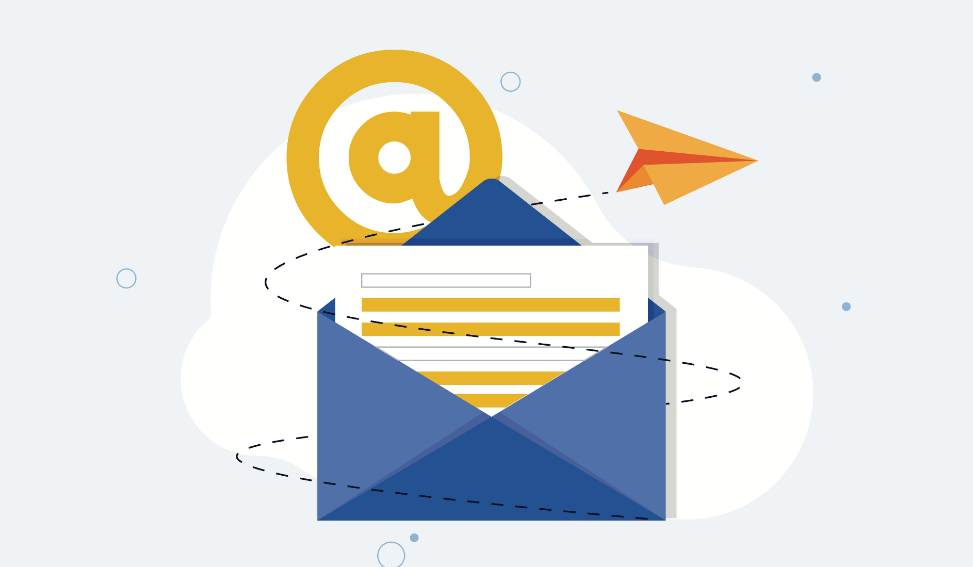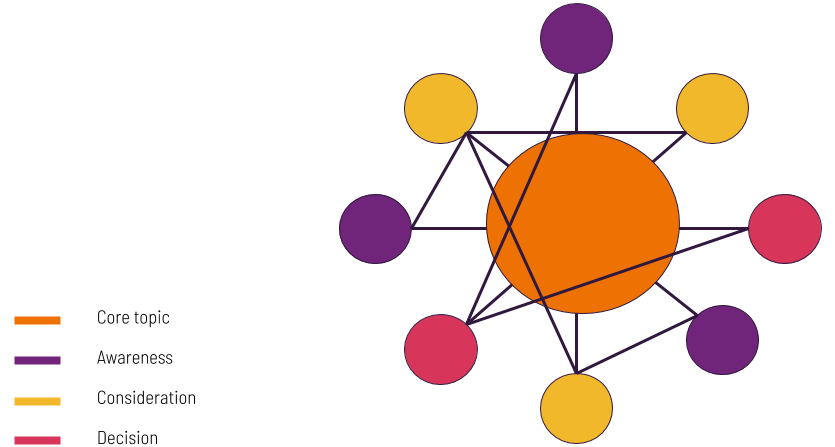The concept of successful email marketing campaigns or use of EDMs (electronic direct mail) can be beneficial to small or independent businesses for a multitude of reasons. Firstly, it’s an efficient and effective way to communicate a company’s message to a large group of people.
If an email campaign is done correctly, it can increase sales by informing customers of new products or services, offering deals, or prompting a customer to resume a transaction. EDMs can also generate website traffic, produce leads, collect feedback or surveys, at little to no extra cost. Not only do email campaigns have the ability to reach an extremely wide audience, but it’s much cheaper than other forms of mainstream marketing methods.
Communicating with audiences via email campaigns is a great way to improve the customer/business relationship. Fostering a genuine connection with customers will keep them loyal and likely to return. Plus, the customers getting the emails are already engaged as they consented to receiving newsletters or email correspondence.
When it comes to creating emails, there are several things to consider.
Here are the six secrets of successful email marketing campaigns…
1. Choose the right email software

2. Define what successful email marketing campaigns look like

3. Develop an email marketing database

4. Use quality copy in your emails

5. Enable email marketing tracking

6. Conduct a post email campaign analysis










